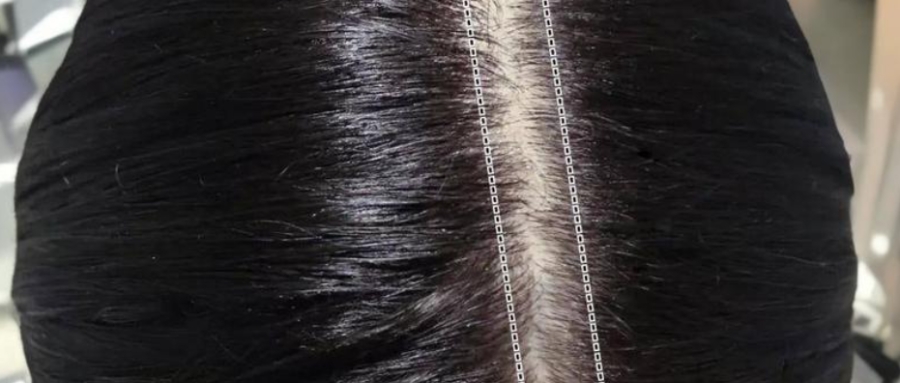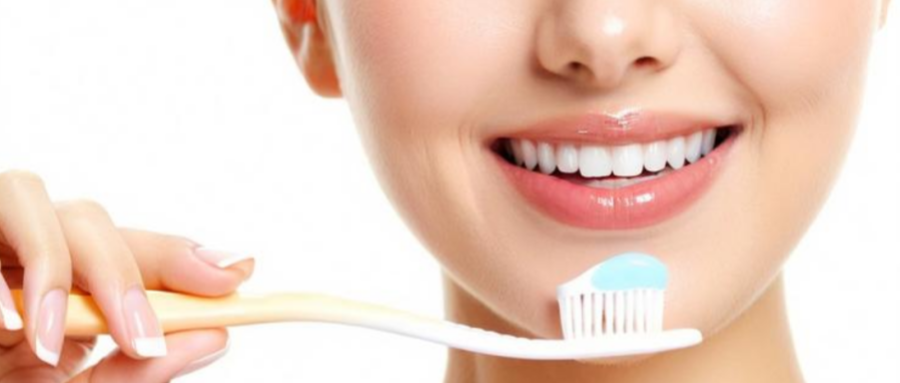
Changes in hormone levels
Fluctuations in hormone levels in women, especially changes in estrogen and progesterone, have a crucial impact on the health of hair. For example, during pregnancy, postpartum or menopause, women’s hormone levels will change significantly, which may cause hair follicles to enter the resting phase, making the hair at the parting line sparse.
Tight hairstyles and hair accessories
Many women like to comb their hair neatly, especially tight ponytails, high buns and other hairstyles. Although these hairstyles are beautiful, if they are tied too tightly or styling tools such as hairpins are used frequently, they will cause physical traction on the hair at the parting line, causing damage to the hair follicles and causing hair loss.
Ultraviolet radiation
The scalp at the parting line is often directly exposed to the sun and is exposed to ultraviolet radiation for a long time. Ultraviolet rays can change the protein and pigment structure in the hair, causing hair damage and dryness, which may cause hair loss.
Fixed parting line
If the same parting line position is maintained for a long time, the scalp at this position will be more stimulated and compressed, causing damage to the hair follicles and causing hair loss.
Malnutrition and stress
Modern women face multiple pressures from work and family, coupled with irregular eating habits, which can easily lead to malnutrition and lack of trace elements in the body. These factors will affect the growth cycle of hair, making hair fragile and easy to break, especially sensitive areas such as the parting line.
Conclusion
Women’s hair loss from the parting line is a complex process involving hormone levels, life and eating habits. In order to alleviate these problems, it is recommended to maintain good living habits, avoid tight hairstyles and hair accessories, and eat a balanced diet to better protect your hair.








